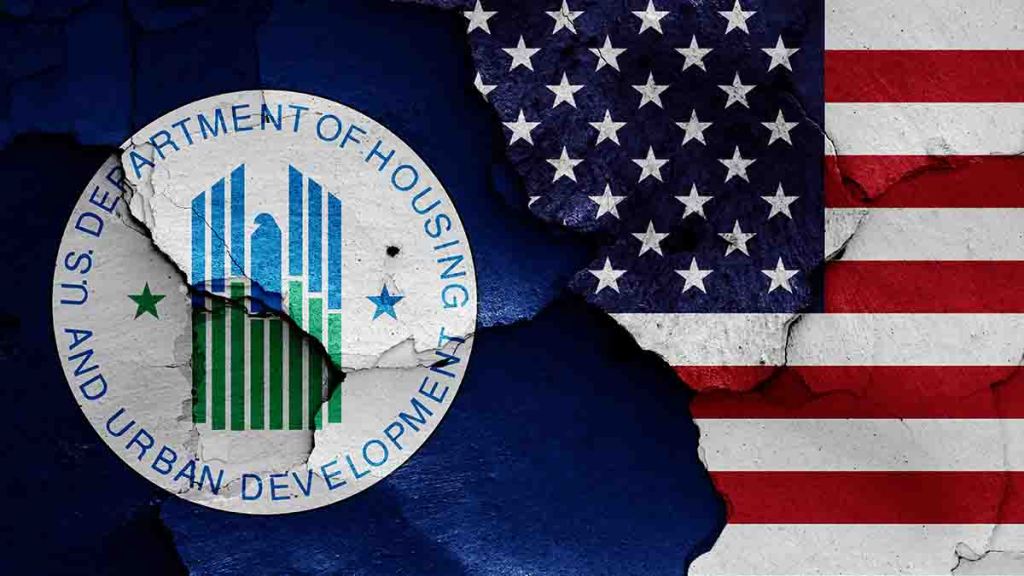The U.S. Department of Housing and Urban Development (HUD) on Monday published a newly-proposed rule in the Federal Register that would allow mortgage servicers to use telephonic or other electronic means to communicate with a distressed borrower, in a way that is most likely to yield a response.
“[T]his rule proposes to update HUD’s current in-person, face-to-face meeting requirements by permitting mortgagees to utilize methods of communication most likely to receive a response from the mortgagor as determined by the Secretary, including electronic and other remote communication methods, such as telephone calls or video calls, to meet with mortgagors who are in default on their mortgage payments,” the proposed rule explained.
The rule would also expand a meeting requirement to all borrowers in default, including those “who do not reside in the mortgaged property and those with a mortgaged property not within 200 miles of their mortgagee, its servicer, or a branch office of either,” the proposal said.
In the proposal’s supplementary information section, HUD explains that the rule as currently enforced is simply outdated, and does not account for modern methods of communication that would comply with the protection of the involved parties’ personal information. The currently-enforced face-to-face meeting requirement was first codified in 1976 during a very different time for the mortgage business and communication landscape.
“This requirement […] originated during a time when mortgage lending and servicing activities were conducted in person at locations in the local communities a mortgagee served,” the proposal explained. “At that time, a ‘face-to-face’ meeting was the most effective way to discuss and facilitate loss mitigation options because knowledgeable mortgagee staff were available at locations near the mortgaged property.”
Beginning in the 1990s, lenders began consolidating their origination and servicing activities in more centralized locations, which also led to the creation of major lenders’ dedicated national servicing centers. This has led to greater distances between borrowers and lenders, necessitating a more wide-ranging approach to communicating with distressed borrowers, in addition to a wide preference among borrowers to conduct their financial affairs online.
“As a result of mortgagees’ expanded outreach processes to mortgagors and mortgagors’ ability to independently research loss mitigation options, mortgagees reported very few mortgagors who agreed to participate in face-to-face meetings with their mortgagees prior to the COVID–19 pandemic,” the proposal said.
Data obtained from the Mortgage Bankers Association (MBA) in feedback to HUD also demonstrated more limited participation from lenders, and sometimes burdensome costs for borrowers that can stem from the current face-to-face requirement.
“The evidence shows mortgagees are seeking ways to automate, simplify, and expedite mortgage origination and servicing processes through technological innovation,” the proposal said. “HUD’s proposed updates to the in-person meeting requirement […] align with such advances and better support mortgagor engagement preferences.”





